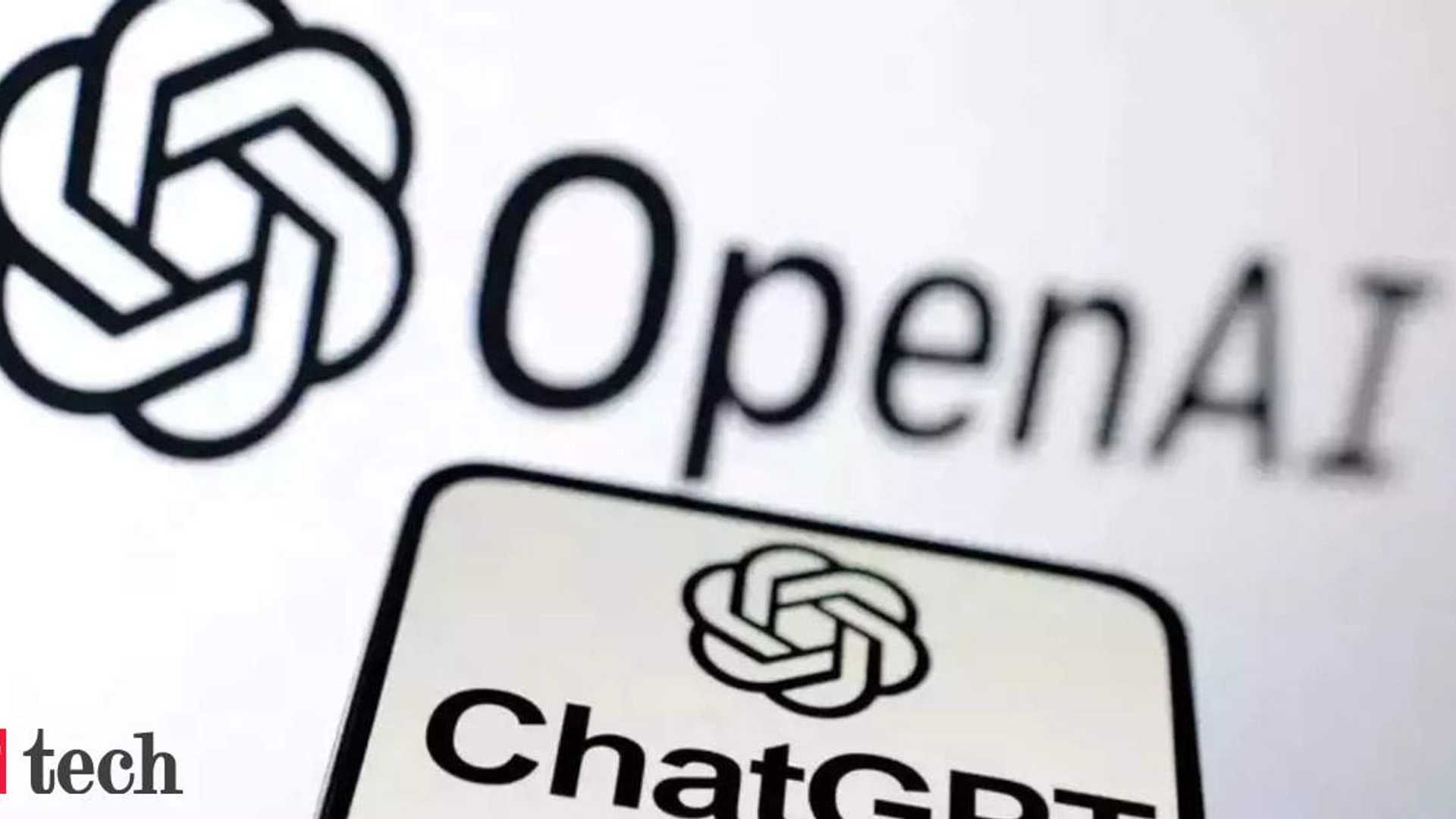Ghibli AI Art Is Trending, Have You Seen These Indian Art Forms?
Ghibli-style AI art is flooding social media, catching the attention of many. Beyond this trend, India’s traditional art forms—Madhubani, Kalamkari, and more—offer a world of colour, culture, and history. These centuries-old styles have long blended storytelling with artistry, each carrying its own unique heritage and visual appeal.
Exploring Ghibli and Its Influence
Your social media feed is probably filled with dreamy, hand-painted visuals labelled “Ghibli-style”—from celebrities to everyday users, everyone seems to be trying it. But what exactly is Ghibli, and why has it taken over the internet? Studio Ghibli was founded in Japan on June 15, 1985, by legendary animators Hayao Miyazaki and Isao Takahata, along with producer Toshio Suzuki. The studio’s name, “Ghibli,” is derived from the Italian word for a hot desert wind, symbolising its mission to bring a fresh breeze to the animation industry.
Today, a new version of the OpenAI chatbot ChatGPT lets users transform their personal images into Ghibli-style anime. The studio’s influence extends far beyond Japan, inspiring generations of artists and animators worldwide. Its films are known for their rich storytelling, breathtaking visuals, and deep themes exploring nature, identity, and human resilience.

Impact of Ghibli on Art Community
Beyond commercial success, Ghibli is revered for its meticulous hand-drawn animation, use of watercolor backgrounds, and philosophical depth that resonates with audiences of all ages. The studio is known for its strong female protagonists, immersive worlds, and narratives that blend Japanese folklore with universal human experiences. In 2001, Studio Ghibli opened the Ghibli Museum in Mitaka, Tokyo, offering fans an interactive experience with behind-the-scenes insights into their creative process.
Even after Miyazaki’s brief retirement in 2013 (before his return for The Boy and the Heron in 2023), Ghibli remains a cornerstone of global animation, influencing artists, filmmakers, and pop culture worldwide.
Debate on AI Art Generation
While it has turned out to be a ‘fun thing’ for many on the internet, there is another group of netizens who question this move by ChatGPT. Some artists feel that AI devalues the work of real artists as it can create images with just a click, raising concerns about inspiration versus infringement.
AI might be transforming art today, but have you ever wondered about the traditional Indian art forms that have stood the test of time? While social media is flooded with Ghibli-style AI creations, India’s own visual storytelling traditions—like Madhubani, Kalamkari, and Raja Ravi Varma’s painting style—have mesmerized audiences for generations.
Exploring Indian Art Forms
Madhubani, also known as Mithila painting, is a traditional Indian folk art known for its intricate patterns, bold lines, and vibrant use of natural colors. It typically depicts mythology, nature, and cultural themes using geometric and symmetrical designs.

This art form dates back to at least the 7th century and originates from the Mithila region of Bihar and Nepal. Traditionally, it was created by women on the walls of their homes during festivals and special occasions as a form of storytelling and religious expression. Madhubani has evolved beyond murals and is now seen in contemporary fashion, home décor, stationery, and even digital art.
One such popular style close to Ghibli studio anime is the comic book illustrations of Amar Chitra Katha, which simplify complex texts into illustrations for kids. The Indian series is considered a cultural phenomenon and is available online, as books, and on digital platforms.
The word Kalamkari translates to ‘pen work.’ This style of art found in the textile industry depicts mythology and nature. Kalamkari’s roots date back to around 3000 years ago in Andhra Pradesh and Telangana, initially used by musicians and painters to narrate mythological stories on huge canvases found in temples.
Embracing Artistic Heritage
As AI continues to shape the art world, it is essential to appreciate and support the beauty of hand-crafted traditions like Madhubani, Kalamkari, and others. Instead of solely following digital trends, let's celebrate India’s incredible artistic heritage that has been shaping our culture for centuries.




















